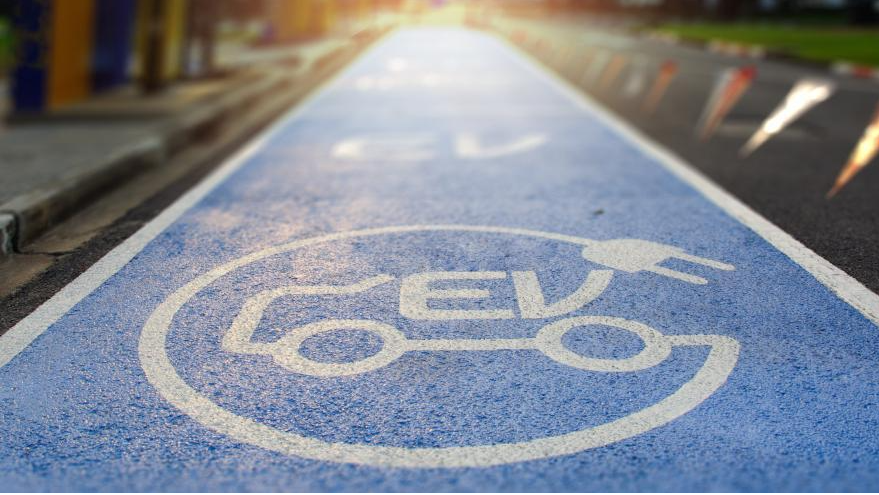Used EVs & hybrids continue to charge ahead on fastest-sellers list

It’s a good thing the remarketing industry is preparing for more electrics and hybrids to hit the market, because those alternative-powertrain vehicles continue to be among the faster sellers in the retail used-car market.
With an average turn time of 16 days-to-sell, the Tesla Model 3 was the fastest-selling used vehicle in September, according to an iSeeCars.com analysis.
This marked the fourth straight time the Model 3 has topped the list. And the Tesla Model X came in at No. 9 with an average turn time of 22.9 days, while seven hybrids cracked the top 20, iSeeCars said.
And three of the top four spots on the fastest sellers list were either hybrids or electrics, including the Model 3 once again at No. 1.
“The Tesla Model 3 has remained popular since its highly anticipated debut, thanks to impressive technology and performance at a relatively affordable price compared to Tesla’s earlier vehicles,” iSeeCars executive analyst Karl Brauer said in the analysis.
“A new version of the Model 3’s Standard Range Plus variant is sold out for the remainder of 2021 to further add to the already-high demand for used versions, some of which are being sold at higher prices than new versions,” he said.
As for the Model X, Brauer added: “Tesla continues to see record sales growth for its premium SUV, with the sold-out Model X not being available until February of 2022, adding to the demand for used Model Xs.”
Looking at the hybrids on the fast-sellers list, those include:
Toyota Prius (No. 3, 20.7 days to sell)
Honda Insight (No. 4, 21.2 days to sell)
Toyota Highlander Hybrid (No. 7, 22.6 days to sell)
Toyota RAV4 Hybrid (No. 12, 23.4 days to sell)
Kia Niro (No. 14, 24.1 days to sell)
Toyota Prius Prime (No. 16, 24.2 days to sell)
Honda Clarity Plug-in Hybrid (No. 18, 24.5 days to sell)
“Similar to the new-car marketplace, Toyota’s hybrid and plug-in vehicles are hot sellers due to their reliability and advanced technology,” Brauer said. “The Honda Clarity debuted in 2018, while the Honda Insight debuted in 2019, meaning most used versions are just now becoming available, and are in high demand.”
To compile the rankings, iSeeCars analyzed more than 900,000 new- and used-car sales from September. The used cars were from the 2016-2020 model years.
The average used car took 32.8 days to sell.
As reported in Auto Remarketing last week, the market for EVs and other alternative-powertrain vehicles shows signs of growth.
In a summary of an EV-centric episode of its “Golden Age of Used Vehicles Podcast” podcast, J.D. Power Valuation Services said that more than 100 new battery electric vehicle models are expected to come to market in the next few years.
“We’re really starting to see that rapid growth in BEVs (Battery Electric Vehicles). J.D. Power is expecting BEVs to grow market share by 1 to 2% per year through 2025. It’s going to be a very competitive space,” said Cari Crane, director of industry insights with the ALG division of J.D. Power, in that summary.
As for this year, the second quarter marked the first time that pure EV sales have exceeded 100,000 units in a quarter, according to data from Kelley Blue Book.
KBB, which is part of Cox Automotive, found there were 118,233 new EVs sold in Q2, a 254.9% year-over-year increase.
When you add in sales of HEVs/PHEVs, total new-car sales of electrified vehicles came in at 376,361 units, a 201.1% increase, KBB said.
That widely outpaces the gain in overall new-car sales, which were up 49.5% in the quarter.
Electrified vehicles commanded an 8.53% share of the new-vehicle market in Q2, according to the KBB data, versus a 4.23% share a year ago.
That data indicates that the recently completed third quarter will show pure electric vehicle sales of 99,560 units, which would be a 40.1% hike.
On the used-car side, Manheim processed more than 114,000 electrified vehicles last year, a figure that includes battery electric, hybrid and plug-in hybrid vehicles.
That is a small percentage of Manheim's overall sales, but the forecasted boom in new EV launches and sales means that pre-owned population will only rise — and eventually filter back into the wholesale market.

 View The Latest Edition
View The Latest Edition

